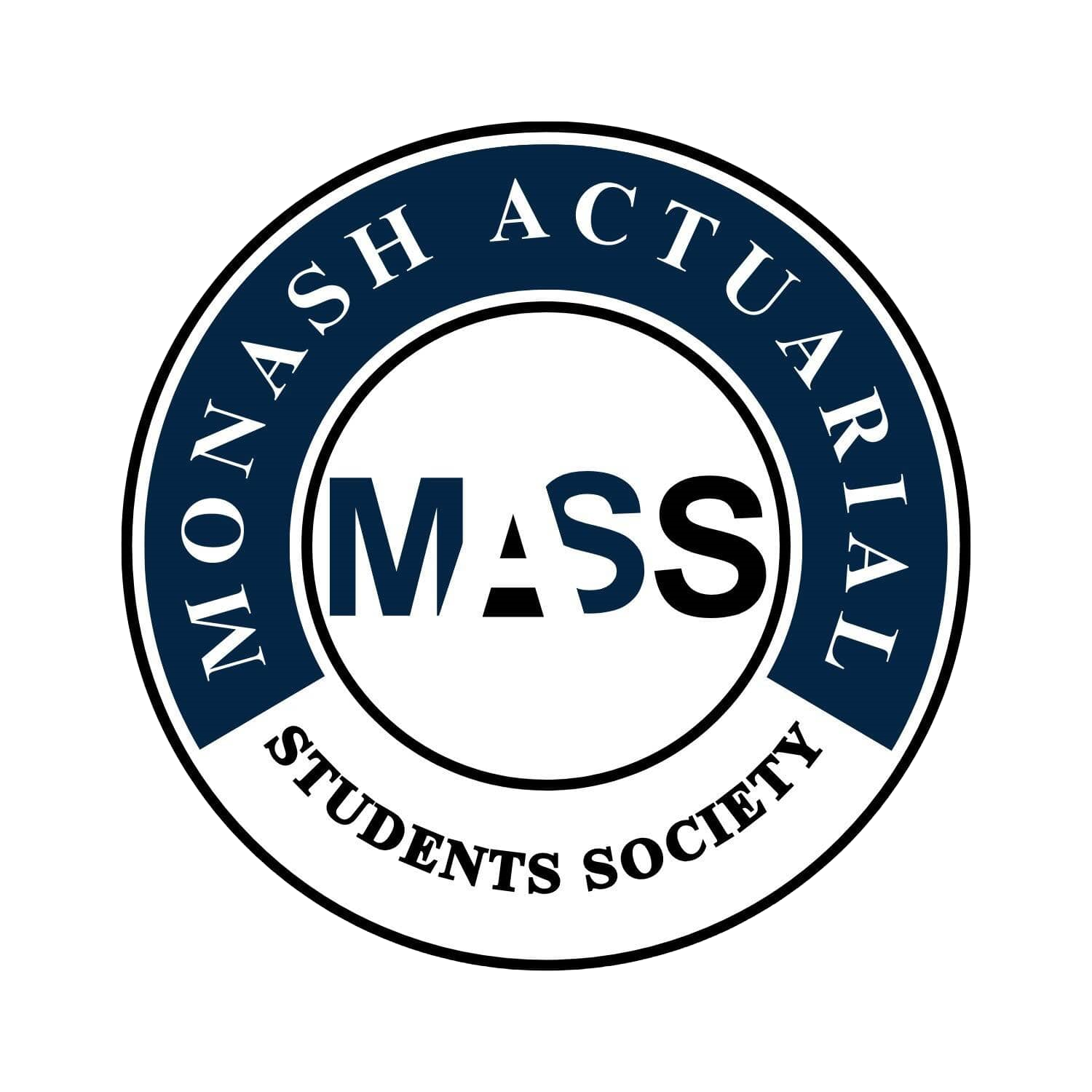ETC3460 / ETC5346 Financial Econometrics (Sem 1 2021)
Difficulty:
Year Completed: Semester 1, 2021
Prerequisite: ETC2410
(or ETC3440, or ETF2100, or ETW2510, or MTH2232)
Exemption:
CM2 Financial Engineering and Loss Reserving
ETC3420 (20%), ETC3460 (25%), ETC3520 (55%)
Weighted average of 70% required. Minimum of 60% required for
each unit.
Mean Setu Score: 80.6%
Clarity of Learning Outcomes: 80.6%
Clarity of Assessments: 81%
Feedback: 78.2%
Resources: 78%
Engagement: 83.4%
Satisfaction: 78.8%
Subject Content:
Lecture(s) and Tutorial(s):
Textbook(s):
Assessments:
The unit evolves around modelling returns and volatility on
portfolios. The first few topics cover the construction of
portfolios and deriving weightings that minimise portfolio
variance. The later weeks will cover Autoregressive and Moving
Average models used to model the persistent behaviour that is
sometimes seen in returns. The unit will also cover ARCH,
GARCH, T-GARCH & E-GARCH specifications which help to model
patterns in volatility. The main program used throughout this
unit is Eviews.
1 x 2 hour lecture
1 x 1.5 hour tutorial
N/A
Assignment 1 (Group) 15%
Assignment 2 (Group) 15%
Group Report / Presentation 10%
Final Exam 60%
Comments
Overall the content in this unit was very applicable and enjoyable.
The content felt relevant and often flowed well from one week to
the next. This unit had a moderate difficulty and specific focus
should be placed upon the derivations during labs as they are
extremely relevant for the exam. The general consensus was that
the exam was significantly harder than previous years. It was also
great to have the opportunity work within group as discussion
was helpful in understanding the key concepts.
Lectures were delivered well and often were accompanied by a
real-life applications of the theory. Often the lecturer would take
historical closing price data from ASX200 stocks and apply the
theory learnt in the lecture as an example. Unlike some other
units, lectures are not broken up into weeks rather they are
taught by topic and some topics may take longer than a week to
complete.
The labs often started with a summary of the content that was
covered in the lectures. The main focus of labs was running
through tutorial questions. There was also a practical aspect to
labs which was useful for assignments. The tutorials are
definitely neccesary if a student wishes to do well in this unit.
Tutorials are useful for all assessments throughout the semester.
For assignments the tutorials will teach you the necessary skills in
Eviews to model the data. As mentioned before tutorials will also
cover the derivations which are very useful for the exam but also
during assignments as both of the assignments included a
mathematical component.
The assignments were a good opportunity to test the knowledge
learnt in the lectures. The style of questions were similar to
tutorial questions however a little more difficult. The assignments
were marked strictly, but because they were group assignments
there was plenty of opportunities to correct potential mistakes.
The group report / presentation was a very good application of
the content. Assignments and exams were similar however exam
consisted of more mathematics and less portfolio analysis.
A review of the content from ETC2410 will definitely help the
understanding of certain concepts in this unit. Students should
put emphasis on the derivations as having a strong
understanding of them will be useful for all assessments.
General Overview:
Lectures:
Tutorials:
Assessments/Other Assessments
Concluding Remarks

